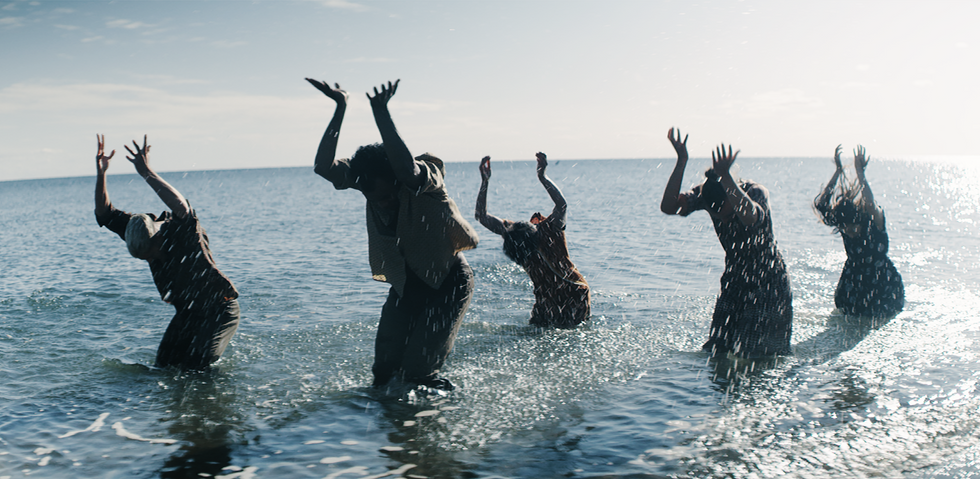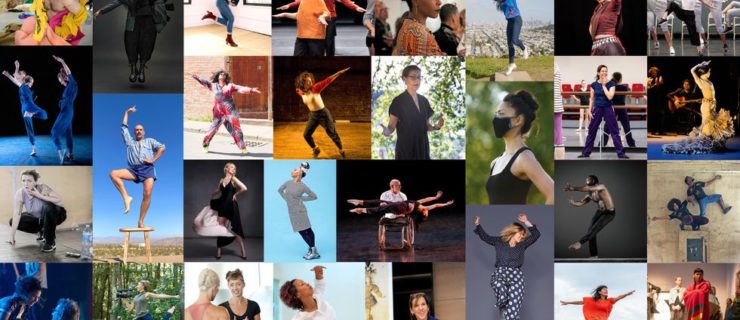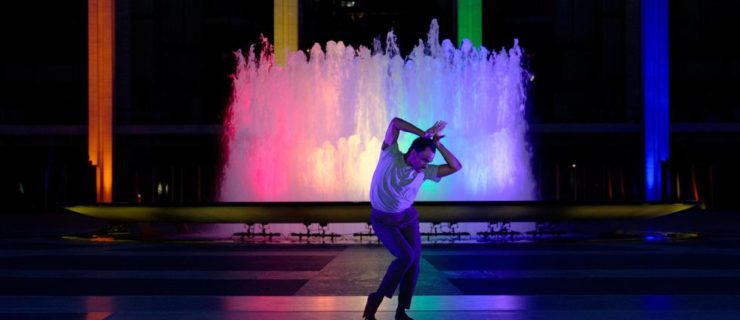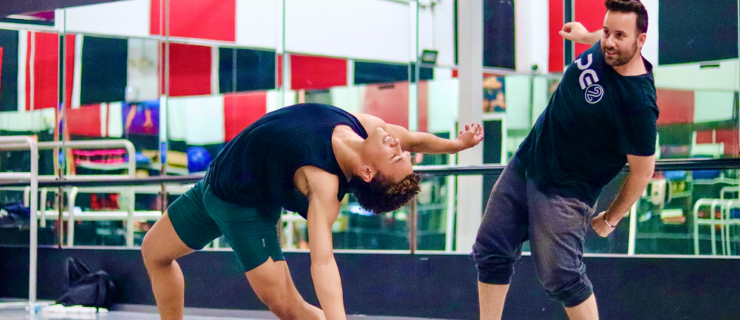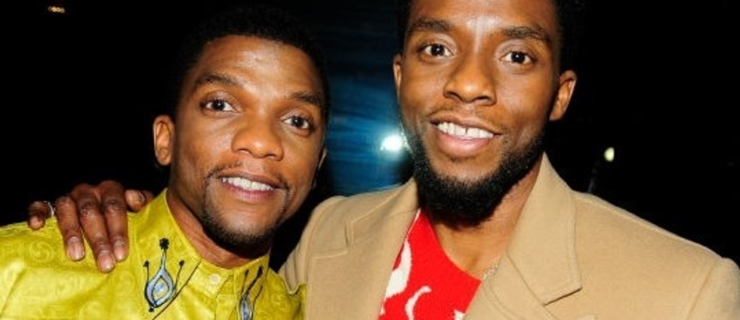From Stage to Screen: Andrea Miller Turns One of Her Beloved Works Into an Epic Dance Film
Now that most dance performances have migrated online, we’re seeing a lot of work that was never meant to be experienced through a laptop screen. Some are streamed in an attempt to capture that thrill of being “live.” Others are filmed from multiple angles so we get shots of the dancers up close. But most choreography that was created for the theater still feels like it would work best…in a theater.
Choreographer Andrea Miller is taking a different approach. Her company, Gallim, had long had an engagement planned at the University of Minnesota’s Northrop theater for this month, and director of programming Kristen Brogdon was committed to finding a way to make it happen. So they started brainstorming options. “I think Kristen was really quick to say, ‘I would love to see BOAT‘—one of the pieces scheduled to tour—’turned into a film,’ ” says Miller.
Miller first made BOAT in 2016 in response to forced migration, exploring the idea of searching for home. “One of the things we wanted our North to be was how having connection is so deeply fundamental to us, and how the loss of that is tragic. Losing someone, or being pulled apart is one of the biggest strains in life,” she says. “It seems like now is a time where that’s very clear to us all.”
There’s also a perpetual presence of a TV and static in the piece; Miller describes it as “having this constant weight of tragedy chewed into bite-size content.”
Although she’d taken part in a handful of film projects before COVID-19 hit, Miller had never before made her own video productions. Then she was commissioned to make a dance film with Ballet Hispánico, then for Works & Process Artists Virtual Commissions, both times working with filmmaker and director Ben Stamper, whom she’d met four years earlier at Grace Farms.
“When you have an opportunity to work with a filmmaker and a director, it’s entering a new creative space,” says Miller. “There’s so much interesting storytelling and perspective that Ben brings to his work that I wanted to open the door for BOAT to become its own work on film. It has connection of course to the original choreography, but isn’t trying to be a re-creation of it.”
Miller talked Stamper through “every single beat” of the choreography, explaining the intention behind it and what information the dancers had been given. They also collaborated with cinematographer Andrew Ellis who brought ideas about what the visual experience could be like on film.
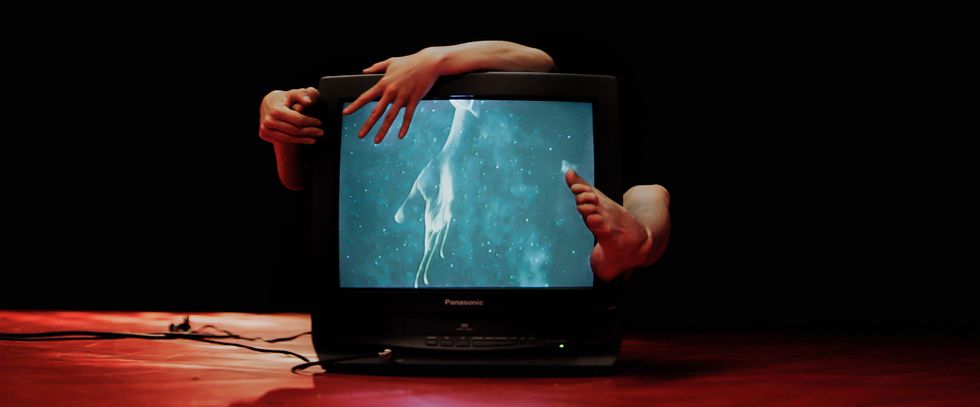
BOAT Courtesy Gallim
The original live piece is about 30 minutes, and because Northrop commissioned a 20-person choir and the house pipe organist to perform the score, the film ended up being just a few minutes under 30 minutes, too—an ambitious feat to try to film in just four days with, of course, multiple COVID-19 safety protocols in place. The team filmed at Gallim’s studio in Brooklyn, in an empty hospital on Staten Island and on two beaches in Connecticut. On the first day of production, one of the dancers twisted his ankle and had to finish a duet while seated and use New York City Ballet principal Taylor Stanley as a replacement for the rest of filming.
Despite the stress, Miller calls the experience magical. “After coming from I don’t know how many months of quarantine, seeing each other together and seeing us all make art and safely dance together, it was like we touched down on the moon,” she says. “It was so emotional.”
The result will be streamed by Northrop on November 19.
Miller is already thinking about what other works she might want to translate into film. Top of her list at the moment is Wonderland, an anti-war piece from 2010 about pack mentality. She’s also planning a virtual winter intensive called “Dancing with the Camera,” which she’ll lead with Stamper and invite guest speakers, covering everything from location to camera movement and character.
“So much of our work usually doesn’t exist other than in our minds and the dancers’ experience of it. I love the idea of being able to put these ideas into this also fluid, but more shareable medium,” says Miller. She also sees potential in moving beyond the old business model of relying on touring for revenue. “There’s a new era opening up. It’s just the beginning.”
